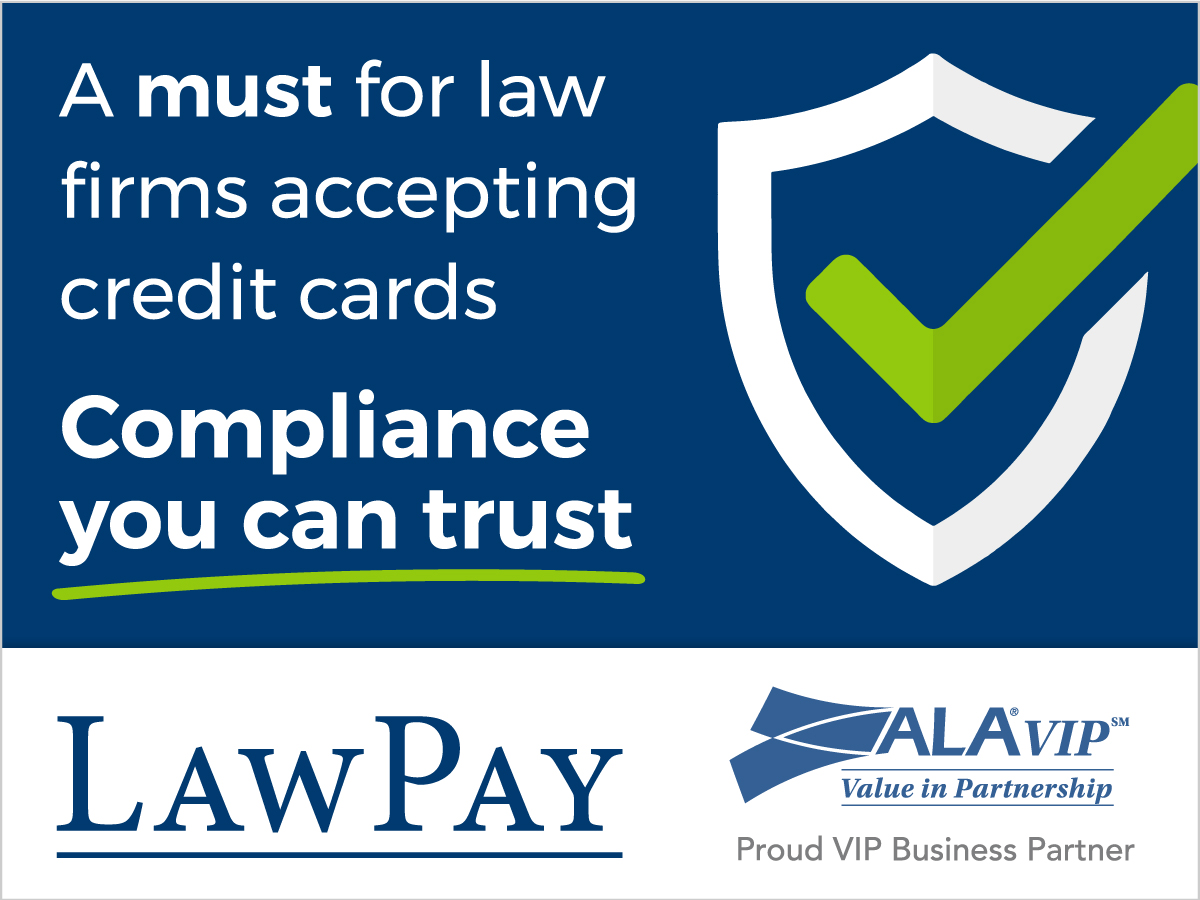Thinly stretched HR professionals can fall behind in delivering the goods, and gaps in service can become apparent. Meanwhile, employee expectations for HR services are heightened by their daily contact with streamlined, user-friendly online experiences.
Something’s got to give somewhere, and thankfully, software business partners have heard the call. Many now provide automated platforms and applications to streamline HR processes to save time, reduce errors and improve compliance while delivering the better, smoother service that employees are coming to expect.
AUTOMATION: THE GIFT THAT KEEPS ON GIVING
HR automation’s biggest boon is the gift of time. Centralizing documents, reducing errors and eliminating paper come close behind.
“Technology allows law firms to streamline processes and reduce hours needed to manage benefits, payroll, compliance” and other HR functions, says Michael Migdol, a Director of Sales for iSolved HCM, a comprehensive human capital management solution and an ALA VIP business partner. “[It] helps law firms have a single center for record and get rid of paper files.”
Migdol also says technology allows harried HR pros to stay ahead of changing laws and regulations, fill gaps in service delivery and provide an uptick in the user experience when delivering HR services.
By streamlining repetitive tasks and cumbersome processes, technology helps HR pros spend less time with pen and paper and more time developing human capital and adding thoughtful, personal touches to their work. And relatively inexpensive cloud-based solutions make technology more accessible for firms of all sizes without compromising security.
À LA CARTE OR PRIX FIXE
Firms can go a couple directions when investigating HR automation. You can pick and choose from several à la carte solutions targeted to specific needs. Or you can opt for a comprehensive prix fixe solution such as iSolved HCM or ADP TotalSource, which bundle several services into one portal, including payroll, benefits, time and billing. They also include other HR functions, such as features to track training, continuing education, paid time off and more.
By streamlining repetitive tasks and cumbersome processes, technology helps HR pros spend less time with pen and paper and more time developing human capital and adding thoughtful, personal touches to their work.
Migdol says that comprehensive portals provide a single source of record that centralizes data entry as well as data and document access to save time save time, improve accuracy and provide better compliance. Fines, penalties or other headaches associated with compliance gaps can be nearly eliminated.
Whether you go all in for one big solution or piece together a suite of solutions, the benefits of automation are similar.
AUTOMATED PAYROLL
Manually keeping up with changing labor laws and tax codes can be stressful, time-consuming and — if mistakes are made — costly. Tiffany Ho, Director of Operations at Rogoway Law Group, a California-based law firm with 3 offices, 7 attorneys and 15 employees, says California labor laws are updated about every six months. “There are always new requirements, from the local level to the state level,” she says.
Ho uses ADP TotalSource for payroll and benefits administration. As a cloud-based solution, the platform is automatically updated with current tax and labor data to help keep the firm compliant. “As a department of one, the automation helps me tremendously,” she says.
There’s no need for cumbersome forms because everything is done online. Important documents are visible, easily accessible and stored in one place. Automated tax payments help eliminate mistakes, late filings or gaps in compliance. Automated reports can be sent to your accountant.
From the employee perspective, automated payroll allows workers to access and update their information online. Self-service options can include — depending on firm policy — editing personal information, changing direct deposit information, viewing benefit statements and deductions, and printing pay stubs and W-2 forms.
REDUCE BENEFITS ADMINISTRATION TO HOURS, NOT WEEKS
Ho says that before automation, open enrollment would occupy an entire month. The process is now reduced to three hours for setup, she says, and it takes relatively little time to field employee questions, which they can ask through their business partner’s portal.
Automated benefit administration eliminates paper forms and helps fulfill reporting requirements. And there’s no need to continually bug employees to complete their enrollment. The nagging is automated, sending reminder emails to prod busy attorneys and staff to get on track. For those who continue to linger, Ho can send more personalized appeals.
Automating benefits administration doesn’t just improve workflow efficiency and save time; firms can also expect more accurate accounting, consistent compliance and reduced benefits costs.
LESS TIME FOR RECRUITMENT
Technology can also streamline recruitment by replacing piles of paper résumés with easily searchable online documents. “Ten years ago, it was all pen and paper,” says Ho. “I had piles of whom I’ve called, whom I’ve emailed, who’s a no-show or no-response.”
Ho now manages recruiting through Indeed, which she says makes her life a lot easier. Indeed sends an alert for each new online application and makes engaging the candidate easy. “Everything is template-based, so all I have to do is select preferences for next steps,” she says. She also uses LinkedIn for recruitment; it also has automated features.
The onboarding process for new hires has many moving parts. … The complexities can lead to inconsistencies, with some new employees getting a great experience and others feeling overlooked or unprepared.
When it’s time for an initial interview with a far-flung candidate, Ho uses Zoom, a videoconferencing platform that uses password protection to help ensure that the person signing on for the interview is who they say they are.
To extend offers, Ho uses HelloSign, a cloud-based paperless signature tool that allows new hires to sign, send, save and retrieve offer letters. Templates simplify the process, so she only needs to input the candidate's name, position and compensation. The platform tracks whether the candidate has viewed the offer letter and how long the offer has been open, and it sends automatic reminders to candidates.
“It’s saved me so much time,” she says. “There’s no scanning, rescanning and sending things back and forth. When it’s completed, all signers receive a digital copy.”
ONBOARDING FOR SUCCESS
The onboarding process for new hires has many moving parts. Badges, computer system access, forms, training and more can make the process overwhelming for new hires. The complexities can lead to inconsistencies, with some new employees getting a great experience and others feeling overlooked or unprepared.
Automated onboarding software coordinates the process so new employees can hit the ground running. HR professionals can easilsy organize activities prior to the new hire's arrival, automate repetitive processes on the first day, and drip information and reminders throughout the first weeks of employment.
Some software platforms also automate offboarding, immediately revoking system and facilities access once the individual is no longer employed by the organization.
These are just a few of the many areas that can be automated. As more firms go paperless and regulations change and grow, technology is nearly essential to preserve accuracy and sanity. Automation not only saves time but also adds precision to the process, replacing human error with simplicity. What’s holding you back? Technology may be the answer, and it may cost a lot less than you might expect.


